Articles Archive for March 2010
WOOD »
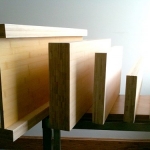
“There’s always that one [material] that will always have your heart
You’ll never see it coming cause you’re blinded from the start
Know that you’re that one for me, it’s clear for everyone to see
Ooh baby aw…
You’ll always be my boo” – My Boo by Usher feat. Alicia Keys
How can you not fall madly in love with bamboo? It’s tall, ridiculously strong, and you can bring it home to your mother. The source of bamboo’s heady blend of charisma and reliability is “its growth system, which generates a root system that produces 30% more oxygen and sequesters 35% …
EARTH, FIRE, METAL, WATER, WOOD »
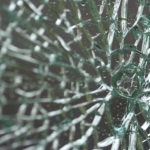
Those of us who are clumsy already know that given enough time and enough force everything breaks: glass shatters, paper tears, vases get knocked off tables, ribs snap in half. What has been surprisingly tough to figure out is exactly how things will break when they haven’t been broken yet – to determine the forces that will describe the path of a crack and how it occurs. It’s possible that you haven’t given much thought about how useful it would be to predict precisely how something is going to break, crack, shatter, or otherwise fail spectacularly, …
FIRE, WATER »
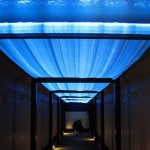
Thomas Edison was working on a patent for the electric light bulb in the late 1870’s, and I think it’s safe to assume that he was a lit-tle too busy to think about the development of glowing textiles. Lucky for those of us living in 2010, Japan’s Tsuya Textile Co. and Fukui Engineering Center have marshalled their respective resources to address the appalling lack of light-emitting fabric that has long plagued mankind.
Image courtesy core77
Delight Cloth consists of superthin fiber optic strands woven into a tapestry. But while Delight Cloth emits light with aplomb, it …
FIRE, WOOD »
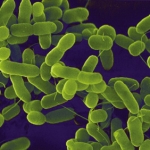
I read a statistic somewhere* that said that the biomass of all the ants on earth weighs more than the biomass of all the human beings on earth. I don’t know if that is true, but if it is that would mean there are a LOT of ants out there. I mean, if your average run-of-the-mill ant weighs 3 milligrams, and the average human (accounting for the “epidemic of obesity” in certain countries that shall remain nameless) weighs in at about 150 pounds or so, and there are billions of human beings on the planet … …
WOOD »

One of the really nice thing about living and working in the United States is that individuals have the right to buy in bulk. If you need six pounds of Country Time Lemonade mix, then you can go buy a six-pound canister. If you want 48 pairs of identical tube socks, then you can purchase them in a neatly shrink-wrapped package. Need a gallon of Vidal Sassoon shampoo or 60 grapefruit? No problem.
Image courtesy Inhabitat.com
None of this bulky goodness would be possible without a humble, often overlooked construction: the wood pallet. The …
METAL, WATER »
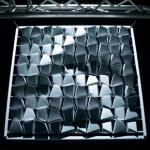
Ever since I saw the movie Office Space, I can’t hear the word “flare” or any of its homophones without thinking of Jennifer Anniston’s waitress uniform and the “pieces of flair” they wanted her to attach to her suspenders. Maybe I’m thinking too hard about this, but it seems to me that the idea behind wearing the flair (various buttons and patches with funny messages on them – if you haven’t seen this movie please stop reading immediately and rent it) was that it was a chance for people to express some individuality …
FIRE, WOOD »

I’m not sure why this product is called “Bio Glass” because to me using the prefix “bio-“ should signify that the material is somehow alive. But perhaps I’m being needlessly particular about my prefixes (and you know, it wouldn’t be the first time). After all, slabs of Bio Glass do look like they’re made out of compressed jellyfish.
Image credit coveringsetc.com
So now, I’m sure you’re wondering, exactly what Bio Glass is when it’s at home? It’s a solid surfacing for counter tops, walls, floors, and other applications. Bio Glass is “made from 100% recycled glass, heated and …
FIRE »

Silicon solar cells are popping up in lots of places these days – they’re powering traffic lights and security cameras, they’re clinging in neatly ordered arrays to rooftops, and they’ve even been spotted in all their sparkly blue splendor on the occasional backpack (where they are used to power mp3 players, fancy calculators, and cell phones).
Image credit www.devicedaily.com
Here’s how solar cells work at the most basic level: photons (units of light) hit the surface of the cells and the light energy is quickly absorbed by the semiconductor material. The incoming energy knocks electrons loose from the silicon, and when that …







